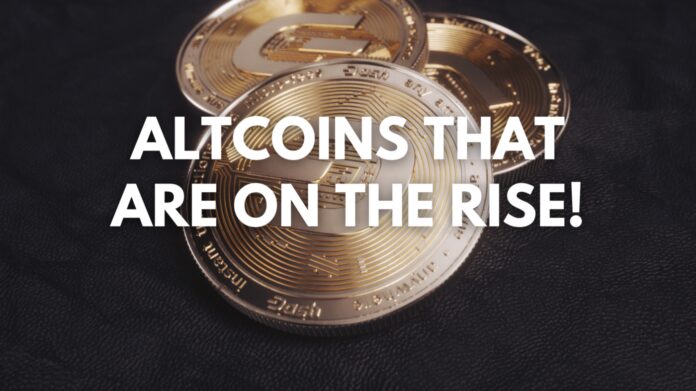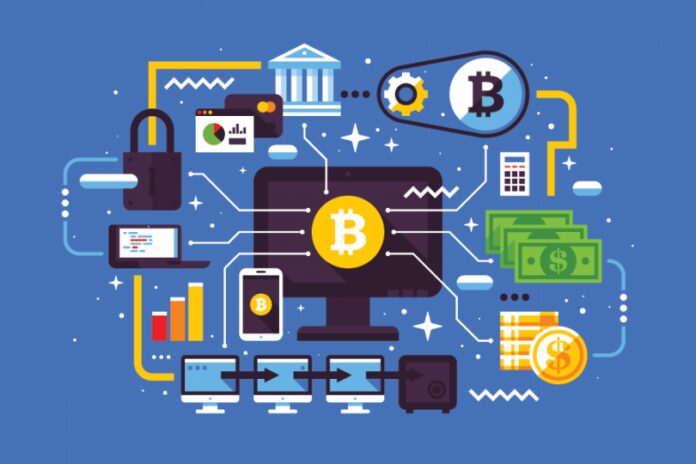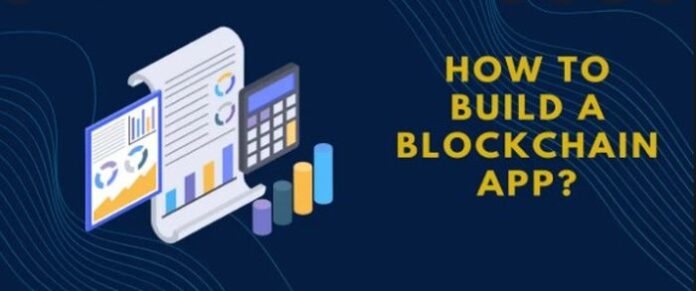Blockchain technology was already outlined in 1991 by two researchers, Stuart Haber and W. Scott Stornetta. Initially, they tried to create and implement a system where document timestamps could not be tampered with. But they did not fully realise this type of system until 2008.
In 2008, the first blockchain was conceptualised by a creator under the pseudonym known as Satoshi Nakamoto. They first used blockchain in a white paper published on October 31 2008, entitled “Bitcoin: A Peer-to-Peer Electronic Cash System”.
Afterwards, Nakamoto implemented it the following year as a core component of the digital currency Bitcoin. The blockchain then served as the public ledger for all Bitcoin transactions.
On January 3, 2009, someone mined the first-ever block on the Bitcoin blockchain. The block included a transaction for 10 BTC sent from an address associated with Satoshi Nakamoto, the pseudonymous creator of Bitcoin.
As of November 2020, the Bitcoin blockchain is over 11 years old and contains over 246 million transactions. With its average block time averaging ten minutes, the transaction fee averaged around $0.23. The total supply of BTC is 21 million, and the current circulating supply is 18.5 million.
Satoshi Nakamoto’s design was inspired by ideas from the cypherpunk community and drew on previous work by Wei Dai and Nick Szabo. Since then, the blockchain has become the world’s most widely-used cryptocurrency ledger.
Blockchain and Cryptocurrency

The blockchain serves as an essential component of the cryptocurrency industry. This is because it provides a secure and transparent way to track digital currency transactions.
In addition, the platform has security features that cannot be tampered with. For example, you cannot alter any involved record retroactively without altering all subsequent blocks.
Also, it’s not limited to a particular group of people. As long as you have the means to invest in it, you can share and verify with access to the system.
For this reason alone, it is often said that blockchain is the backbone of the crypto economy.
Bitcoin as a Cryptocurrency

Bitcoin is now one of the best-known cryptocurrencies traded worldwide, but how does it work with blockchain?
Bitcoin nodes use the blockchain to distinguish genuine transactions. For example, these nodes can identify attempts to re-spend coins that have already been spent elsewhere.
The Bitcoin blockchain is constantly growing as “completed” blocks are added with a new set of recordings. Each block contains the following information:
- a cryptographic hash (made from the previous block)
- a timestamp
- transaction data
The Rise of Altcoins

After the steady growth of Bitcoin, numerous other blockchain applications have been developed. These are often called “altcoins”, short for alternative coins.
Some more famous altcoins include Ethereum, Litecoin, Monero and XRP. Each of these networks has its unique features and characteristics, and each of these platforms has its particular blockchain application.
Let’s take a quick look at each one below:
Bitcoin
The bitcoin blockchain is the most well-known and widely-used cryptocurrency ledger, and Bitcoin Cash is a fork of the Bitcoin blockchain that has increased block sizes to improve scalability.
Ethereum
Ethereum is a decentralised platform that runs smart contracts. These smart contracts are applications that run exactly as programmed without any possibility of fraud or third party interference.
Ethereum is a famous platform for building decentralised applications (dApps).
Litecoin
Litecoin is an altcoin that uses a different hashing algorithm than bitcoin. This hashing algorithm that Litecoin uses allows for faster transaction times and improved security.
Litecoin is a faster and cheaper alternative to Bitcoin.
Monero
Monero is a privacy-focused altcoin that obscures transaction data to make it difficult to trace.
Is Blockchain Limited to Cryptocurrency?

No, it is not. In reality, blockchain technology has a wide range of potential applications, including the following:
- Payment processing
- Identity management
- Supply chain management
- Digital rights management
- Smart contracts
- Decentralised apps (dApps)
- Record keeping and more
These are just a few of the potential applications of blockchain technology. As the technology develops, you will likely discover new and innovative uses for blockchain.
But nowadays, it is widely known and used for cryptocurrency exchanges, wallet providers, and other businesses in the industry often use blockchain explorer software to track transactions and monitor the network’s health.
Blockchain explorers are also famous among cryptocurrency users as they provide a way to view all activity on the network and check the balance of addresses.
Despite their differences, these blockchain networks share one common goal: to provide a secure and transparent way to track digital currency transactions.
What are Blockchain Apps?

A blockchain app is a software application that uses blockchain technology to facilitate transactions or store information.
The most well-known example of a blockchain app is Bitcoin wallet software. Bitcoin wallet applications allow users to send and receive bitcoins, monitor their balance, and track transactions.
Other famous examples of blockchain apps include Ethereum wallets, Bitcoin explorer software, and cryptocurrency exchanges.
Blockchain apps are typically developed using the blockchain API of a particular platform. For example, Ethereum blockchain apps are built using the Ethereum blockchain API.
The popularity of blockchain apps has grown in recent years as the need for secure and transparent transaction-tracking solutions has increased. Furthermore, with the rise of digital currencies, blockchain apps are expected to become even more popular in the years to come.
How Can One Create A Blockchain App?

There is no one-size-fits-all answer to this. The development process for blockchain apps can vary depending on the platform (website or mobile) and programming language used.
However, here are some general tips to guide you on how to create a blockchain app:
- Choose a platform and programming language.
- Learn about the platform and programming language you have chosen. Make sure you understand how the blockchain works and how you can use it to create applications.
- Find a way to test your app. Again, it is essential to ensure it works as intended before launching it.
- Launch your app and market it to users.
- Update your app regularly. As blockchain technology evolves, you will need to update your app to keep up with changes.
What Are Some Things to Consider When Creating a Blockchain App?
Here are some questions that can guide you as you plan to create your first blockchain app:
- What is the primary purpose of your blockchain app?
- What platform and programming language will you use?
- How will you test your app?
- How will you market your app?
- How often will you need to update your app?
Final Thoughts
Due to bitcoin and cryptocurrency, blockchain technology is finally gaining popularity, with many practical applications already being explored and implemented. With blockchain technology heading into its third decade, it’s no longer a question of if legacy companies will embrace it; it’s a matter of when.
Today, we are witnessing increased non-financial tokens (NFTs) and tokenized assets. In the next decade, blockchain will experience significant growth.
With blockchain, business and government operations will be more accurate, efficient, secure, and cheaper. It’s now even a buzzword on the tongue of every investor worldwide.









